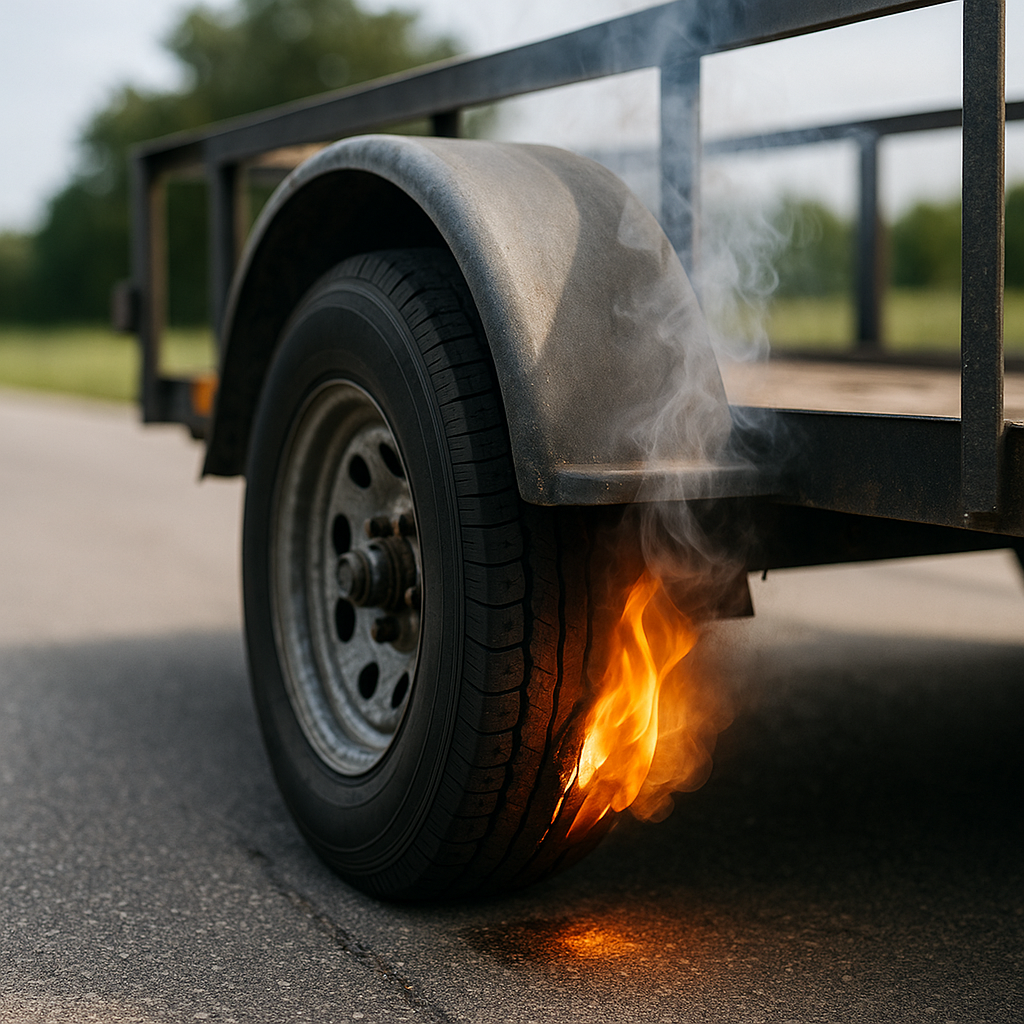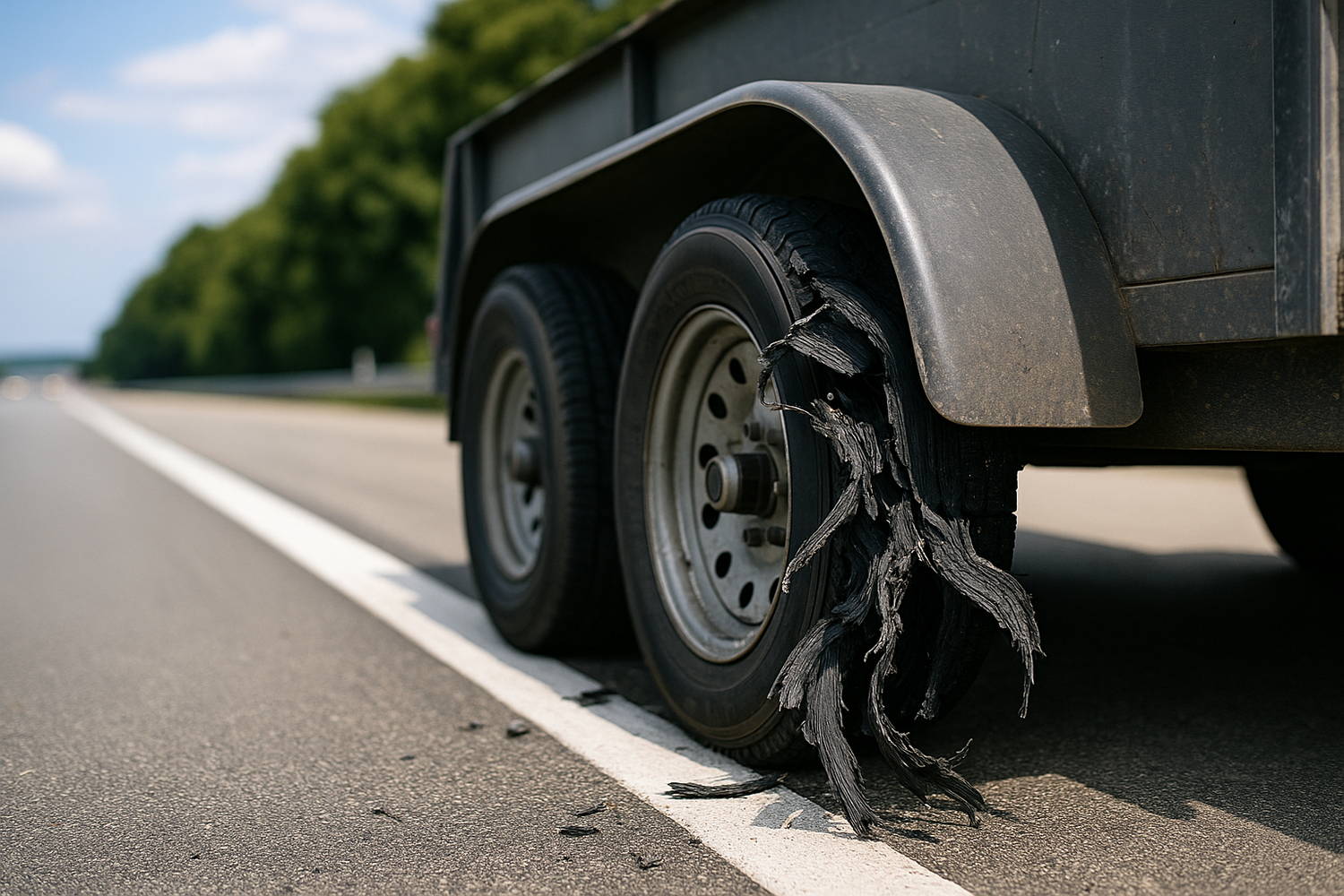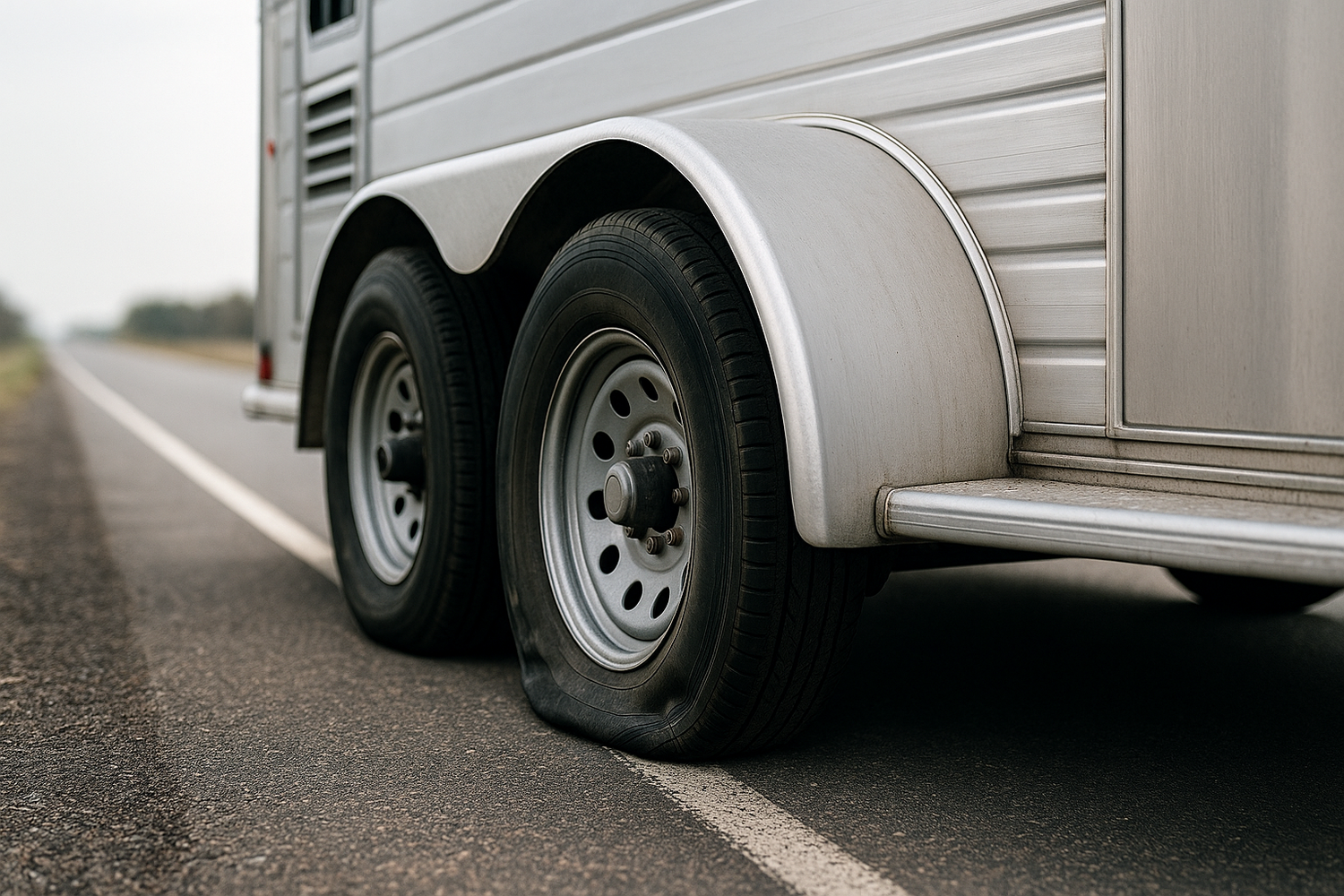In the world of trailer management, understanding remote trailer tire pressure monitoring systems is essential for ensuring optimal performance and safety on the road. These advanced systems are designed to provide real-time data regarding tire pressure, which is crucial in preventing potential blowouts and improving fuel efficiency.
At the heart of these systems lies a network of sensors strategically placed on each tire. These sensors continuously monitor tire pressure and relay the information to a central display unit, often located in the towing vehicle. The benefits of utilizing a remote trailer tire pressure monitoring system include:
- Enhanced Safety: By keeping track of tire pressure levels, drivers can avoid hazardous situations caused by under-inflated or over-inflated tires.
- Increased Longevity: Maintaining proper tire pressure not only improves safety but also extends the life of the tires, saving money in the long run.
- Fuel Efficiency: Properly inflated tires contribute to better fuel consumption, which is essential for long-distance hauling.
- Convenience: With remote monitoring, drivers are alerted to tire issues before they become serious, allowing for timely interventions.
By integrating a remote trailer tire pressure monitoring system, you can transform your standard trailer into a smart trailer, ensuring that you are always aware of your tires' conditions. Tow with peace of mind, knowing that trailerwatchdog is standing guard. Visit trailerwatchdog.com to learn more about how we can help you enhance your towing experience.
Key Features of an Effective Monitoring System

When selecting a remote trailer tire pressure monitoring system, it is crucial to understand the key features that contribute to its effectiveness. These features not only enhance the system's functionality but also ensure that users receive accurate and timely information. Here are some essential attributes to consider:
- Real-Time Monitoring: An effective monitoring system provides continuous, real-time updates on tire pressure and temperature, allowing drivers to make informed decisions quickly.
- Alerts and Notifications: The system should include customizable alerts that notify users of critical changes in tire conditions, such as low pressure or overheating, minimizing the risk of tire failure.
- Durability: Given the harsh conditions trailers may face, the monitoring system’s components should be rugged and weather-resistant, ensuring reliable performance in diverse environments.
- Easy Installation: An intuitive design that allows for quick installation without specialized tools or extensive modifications can significantly enhance user experience.
- Data Analytics: Advanced systems may offer data analytics features, providing insights into tire performance over time, which can help in making proactive maintenance decisions.
By focusing on these key features, users can choose a monitoring system that not only meets their needs but also enhances safety and efficiency during their travels.
Benefits of Using Remote Monitoring Technology

Utilizing a remote monitoring technology system for your trailer offers a range of significant benefits that elevate safety and performance. Here are some compelling advantages:
- Enhanced Safety: By keeping constant tabs on tire pressure and temperature, drivers can prevent blowouts and accidents caused by under-inflated or overheated tires. This proactive approach minimizes risks on the road.
- Increased Efficiency: Monitoring systems help optimize tire performance, leading to better fuel efficiency. Properly inflated tires reduce rolling resistance, which can lower fuel consumption and save money over time.
- Lower Maintenance Costs: Regular monitoring allows for timely maintenance, reducing the likelihood of catastrophic tire failures. This not only extends the lifespan of tires but also minimizes unexpected repair expenses.
- Convenience: With real-time data available at your fingertips, drivers can quickly identify and address any tire-related issues without the need to make frequent stops to check tire conditions manually.
- Peace of Mind: Knowing that your trailer is equipped with advanced monitoring technology allows for a more relaxed driving experience. Drivers can focus on the road, confident that their system is actively protecting their investment.
Incorporating remote monitoring technology into your trailer setup not only enhances operational efficiency but also promotes a safer and more reliable towing experience.
How to Choose the Right System for Your Trailer

Selecting the appropriate remote trailer tire pressure monitoring system is crucial for maximizing safety and performance. Here are key factors to consider when making your choice:
- Compatibility: Ensure that the monitoring system is compatible with your trailer type. Different trailers may have unique requirements, so it’s essential to check specifications and features that align with your vehicle.
- Real-Time Data: Look for systems that provide real-time monitoring capabilities. Immediate alerts regarding tire pressure and temperature can help you address issues before they escalate into serious problems.
- Ease of Installation: Opt for systems that are easy to install and configure. User-friendly setups can save time and reduce the need for professional installation, allowing you to get on the road faster.
- Durability: Choose a system built to withstand the rigors of towing. Components should be robust and weather-resistant to ensure reliable performance in various conditions.
- Mobile Access: Many modern systems offer mobile app integration. This feature allows you to monitor your trailer’s status from your smartphone, enhancing convenience and accessibility.
- Customer Support: Reliable customer support can make a significant difference. Look for brands that offer comprehensive support, including troubleshooting and guidance for optimal system use.
By considering these factors, you can confidently select a remote monitoring system that best suits your trailer’s needs, ensuring a safer and more efficient towing experience.
Installing Your Remote Tire Pressure Monitoring System

Installing your remote trailer tire pressure monitoring system can greatly enhance the safety and efficiency of your towing experience. Here’s a step-by-step guide to help you through the installation process:
- Gather Tools and Materials: Before starting, ensure you have all necessary tools and components, including a user manual, sensors, wiring, and any mounting hardware.
- Read the Manual: Carefully review the installation manual provided by the manufacturer. Each system may have unique features and installation requirements, so understanding the specifics is essential.
- Mount the Sensors: Attach the tire pressure sensors to each tire’s valve stem. Make sure they are securely fastened to avoid any loss during travel. Some systems may require a specific torque setting; consult the manual for details.
- Connect the Display Unit: Install the display unit in a convenient location within the vehicle. It should be easily viewable while driving but not obstructive. Connect the unit according to the manufacturer’s instructions, ensuring all wiring is properly routed and secured.
- Power Up the System: Connect the system to a power source, whether it’s the vehicle’s battery or an independent power supply. Ensure that all connections are secure to prevent any electrical issues.
- Test the System: Once everything is installed, power up the system and conduct a thorough test. Check that all sensors are functioning correctly and that the display unit is receiving accurate data.
- Calibrate if Necessary: Some systems may require calibration after installation. Follow the manufacturer’s guidelines to ensure your system is providing precise readings.
By following these steps, you can successfully install your remote tire pressure monitoring system, providing you with peace of mind and enhanced safety on your journeys.
Maintaining Your Monitoring System for Longevity
To ensure the optimal performance and longevity of your remote trailer tire pressure monitoring system, regular maintenance is essential. By taking preventive measures, you can avoid costly repairs and ensure that your system operates accurately. Here are some key maintenance tips:
- Regularly Check Sensor Functionality: Periodically test each tire sensor to confirm they are transmitting data correctly. This can be done through the display unit or by using a dedicated diagnostic tool.
- Inspect for Damage: Examine the sensors and wiring for any signs of wear, corrosion, or physical damage. If you notice any issues, address them promptly to prevent system failure.
- Keep the System Clean: Dirt and debris can obstruct the sensors’ functionalities. Clean the sensors and the display unit regularly with a soft cloth to maintain clear visibility and operation.
- Update Firmware: If your system supports firmware updates, check for any available upgrades regularly. Keeping your system’s software up-to-date helps improve functionality and security.
- Monitor Battery Life: If your monitoring system relies on batteries, be proactive in checking their status and replace them as needed to avoid unexpected failures.
By adhering to these maintenance practices, you can significantly extend the lifespan of your monitoring system and ensure its reliable performance. Make sure to stay ahead of potential issues, and tow with peace of mind, knowing that TrailerWatchdog is standing guard. For more information on our innovative monitoring solutions, visit trailerwatchdog.com.








